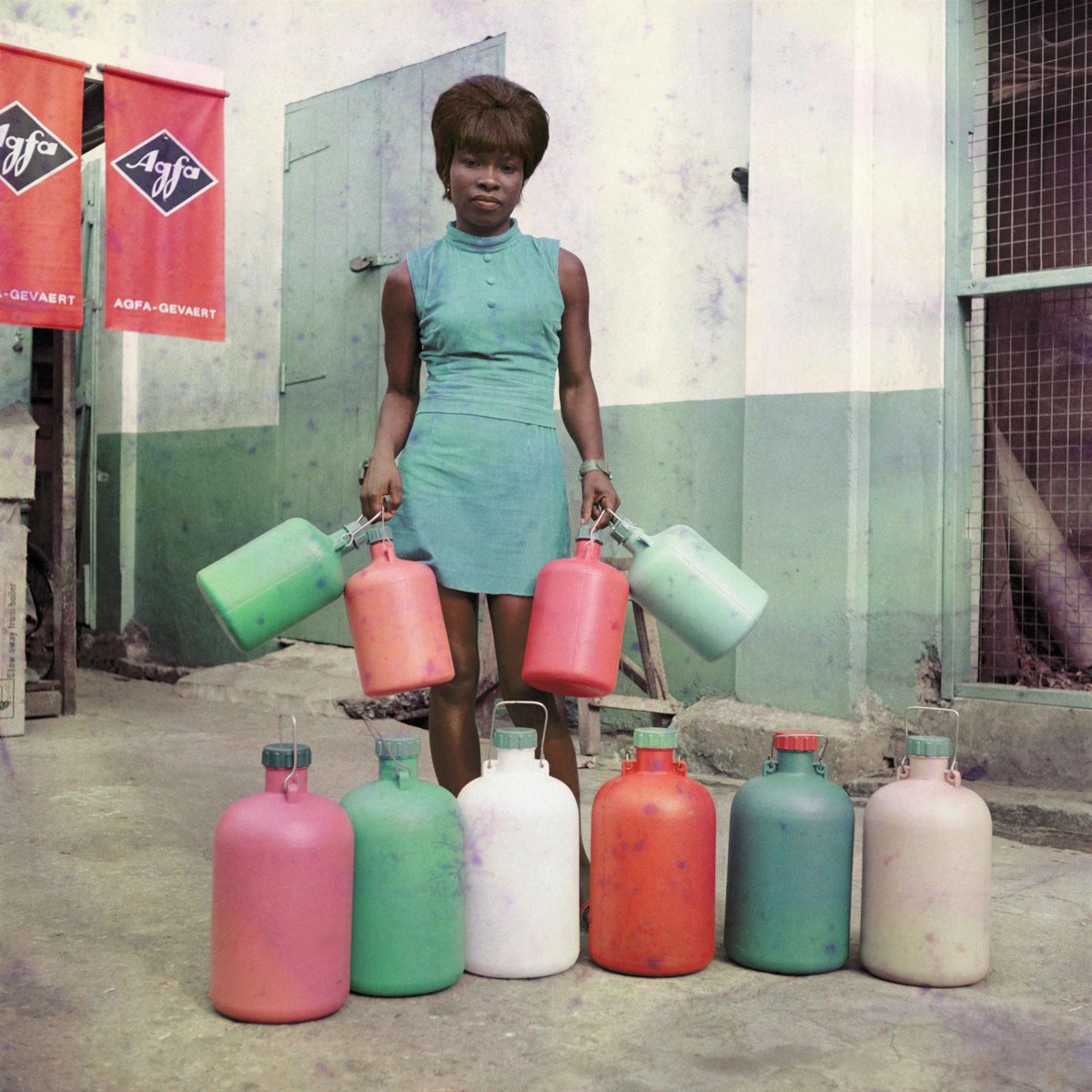For its 50th anniversary this year, Serpentine Galleries in London “has pledged to do more in response to the urgent issues of today”, moving forward with its focus on climate change issues. Crucially, longer durational projects that “expand beyond the conventional limits of a museum or a finite exhibition”—either online or around London and other international cities—will form part of the Serpentine’s remit, says its artistic director Hans Ulrich Obrist.
One such long-term initiative called Back to Earth launches in the summer (4 June-6 September) whereby artists, musicians, architects, poets, filmmakers, scientists, thinkers and designers have been invited to propose works and projects that call for action in response to the climate emergency (participants have yet to be announced).
“There are many different layers to the 50th anniversary,” says Obrist. “The theme of ecology speaks to both the Serpentine’s history and to its future.” He points to Gustav Metzger’s influential solo show Decades (2009), and the 2014 Extinction Marathon talks and performance event, which Metzger co-curated.
The Serpentine was the first contemporary art institution to appoint a curator dedicated to ecology, Lucia Pietroiusti. “Our well established ecology programme takes a speculative as well as active stance towards embedding ecological principles into the everyday. Back to Earth will run offsite and online, in 2020 and beyond; artists will propose works and campaigns in response to the climate emergency to be released throughout the year and into the future,” Obrist adds.
Meanwhile, a report developed by the Serpentine called Future Art Ecosystems is due to be published in late March. It focuses on how “artistic engagements with advanced technologies are irreversibly transforming the art world”. The “strategic briefing” is aimed at practitioners and organisations across art, science and technology.
A project commissioned by the Serpentine for the London borough of Barking and Dagenham, Radio Ballads for the 21st Century, also comes to fruition this year. The artists Sonia Boyce, Helen Cammock, Rory Pilgrim and Ilona Sagar have re-imagined the radio ballads made for the BBC Home Service in the late 1950s, focusing on issues linked to employment and public services such as zero-hours contracts, self-employment and unpaid care.
“The Radio Ballads for the 21st Century will become visible during 2020. The project builds on the Serpentine’s history of working in neighbourhoods over long periods of time such as The Edgware Road Project (2012),” Obrist says.
Exhibitions dedicated to the Ghanaian photographer James Barnor, the US painter Jennifer Packer, the Chinese artist Cao Fei and the Strasbourg-born Dominique Gonzalez-Foerster form part of the 2020 programme. “James Barnor is 91 and has made an extraordinary contribution to photography. This is his first museum survey. The other aspect is the shows we do on emerging artists who need a wider presentation such as the extraordinary painter Jennifer Packer: it’s her first show in Europe,” Obrist says.
“Cao Fei will look at the history of how the internet arrived in China, exploring the memories of the beginning of the digital age. It will include her most ambitious virtual reality (VR) work yet: The Eternal Wave, produced in collaboration with Acute Art. Players will be transported to Cao Fei’s kitchen in China, where they will interact with the environment, experience a power failure, teleport to other rooms and meet mysterious characters." He adds: "Gonzalez-Foerster will create a multi-sensory experience, transforming the Serpentine into a space station. She’ll also create a new VR element.”
The Serpentine recently appointed a new chief executive, Bettina Korek, who takes up the role next month following her stint as the director of the Frieze Los Angeles fair (14-16 February). Korek replaces the entrepreneur Yana Peel who stepped down last June.
“Bettina has worked at Los Angeles County Museum of Art (Lacma), founded ForYourArt [a public practice organisation] and is the executive director of Frieze LA. It is very exciting, her entire experience will add different aspects. There is great potential to re-invent the structure of the art institution, and we’re both passionate about defining what a 21st-century institution can be. We have a strong desire to keep connecting the Serpentine to many other cities,” Obrist says.



